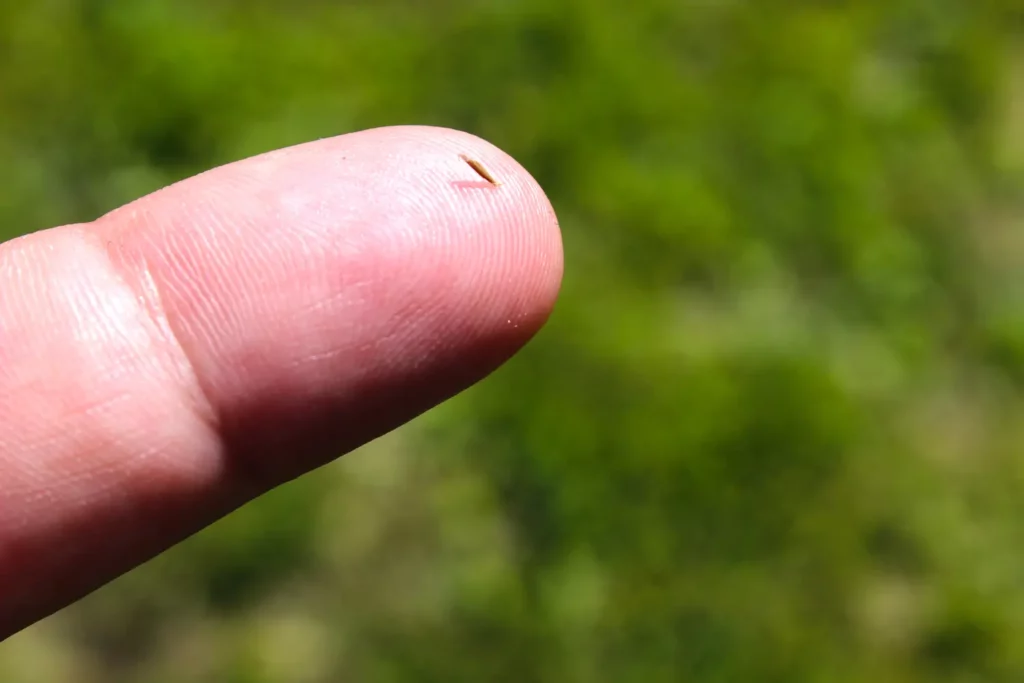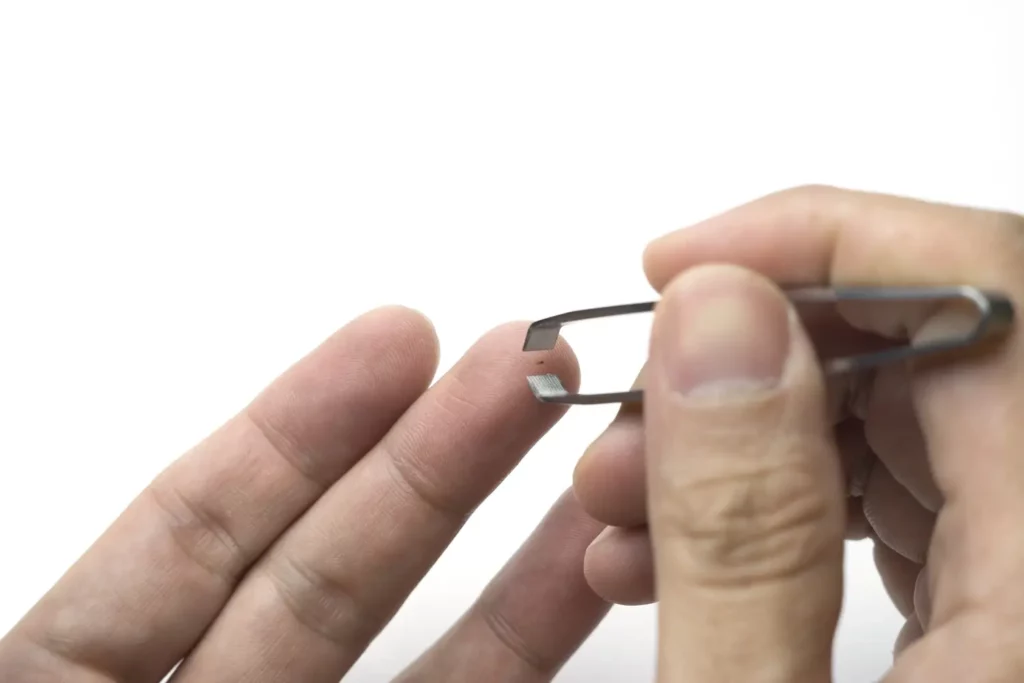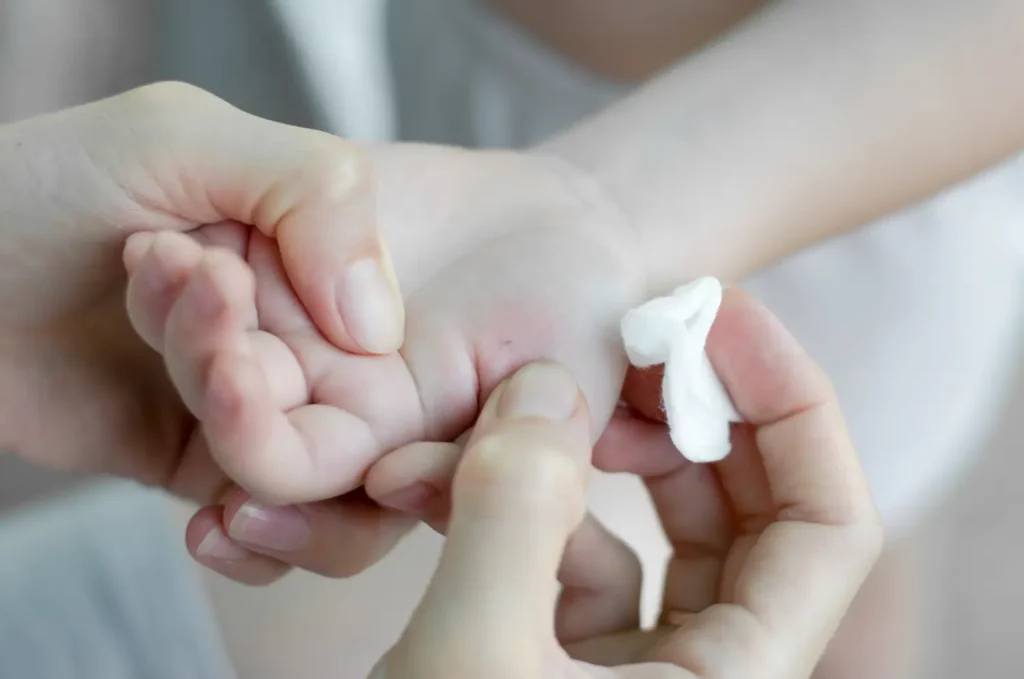Emergency Care For Splinters in Texas
Splinters might seem like a minor inconvenience, but they can cause significant discomfort and lead to complications if not treated properly. At Aether Health in Texas, we provide expert emergency care for splinter removal, ensuring that you receive prompt and professional treatment to alleviate pain and prevent infection.
Splinter Removal in Texas
When you have a splinter, it’s crucial to get it removed as soon as possible to avoid further irritation or infection. Our team at Aether Health is equipped with the latest tools and techniques to safely remove splinters of all types, whether they are wood, metal, or glass. Our priority is your comfort and quick recovery.
Splinters Treatment in Texas
Aether Health specializes in providing top-notch care for splinters. Our experienced medical professionals handle splinters with precision and care, ensuring a painless removal process. Don’t let a small splinter disrupt your day – visit us for immediate treatment and relief.
Your Choice for Urgent Splinter Removal Care
Choosing Aether Health for splinter removal means choosing quality and reliability. Our compassionate team is dedicated to delivering the best care possible, ensuring you leave our facility pain-free and satisfied with the treatment received.
Splinter Common Causes
Splinters are tiny fragments that can embed in the skin, causing pain and potential infection. They are commonly caused by materials such as:
- Wood
- Metal
- Glass
- Plastic
- Plant thorns
- Typical activities that lead to getting a splinter include gardening, woodworking, handling sharp objects, and walking barefoot on rough surfaces.
Types of Splinters
Splinters come in various forms, each requiring specific care for removal and treatment.
Wood Splinters
Wood splinters are the most common type, often resulting from handling wooden objects or plants. They can cause significant discomfort and must be removed carefully to avoid breaking.


Metal Splinters
Metal splinters are usually a result of working with metal materials. They can be more challenging to remove due to their rigidity and sharpness, often requiring professional assistance.
Glass Splinters
Glass splinters can be particularly dangerous due to their ability to break into tiny, nearly invisible fragments. Immediate medical attention is often necessary to ensure all pieces are removed safely.


Other Types
Other types of splinters include plastic and plant thorns, each with its own set of challenges for removal.
Symptoms of a Splinter
Recognizing the symptoms of a splinter is crucial for timely and effective treatment.
Physical Signs
- Visible fragment under the skin
- Pain and tenderness at the site
- Redness and swelling
- Bleeding in some cases


Potential Complications
- Infection characterized by increased redness, warmth, and pus
- Difficulty in removing the entire splinter, leading to further irritation
- Potential for tetanus if the splinter is from a rusty or dirty object
Need splinter relief? Trust Aether Health Texas for immediate emergency care and walk out pain-free today!
Get Quick Splinter Care in Texas
We prioritize your comfort and well-being. Our swift and efficient splinter removal services ensure that you receive the best care without delay. Trust us to provide the relief you need with our expert treatment options.
Take control of splinter pain with Aether Health Texas' top-notch emergency care. Quick, comfortable, and compassionate.
Why Choose Aether Health For Splinters Treatment in Texas
Choosing Aether Health for your splinter treatment means choosing excellence. Here are four reasons why:
Expertise
Our medical professionals are experienced in handling all types of splinters, ensuring precise and safe removal.
Advanced Techniques
We use the latest tools and methods to minimize pain and prevent complications.
Compassionate Care
Your comfort is our priority. We provide a supportive and caring environment for all our patients.
Quick Service
We understand the urgency of splinter removal and offer prompt service to alleviate your discomfort as soon as possible.
Splinters FAQs
Whether you’ve encountered a minor splinter or a more troublesome one, having the right information is crucial. Below, we’ve compiled a list of frequently asked questions to provide you with essential knowledge on how to handle and prevent splinters effectively.
What is a splinter?
A splinter is a small, sharp fragment that penetrates the skin, often causing pain and potential infection. Splinters can come from various materials like wood, metal, glass, or even plant thorns, and they can be tricky to remove without proper care.
How do I know if I have a splinter?
You may feel a sharp pain, see a visible fragment under your skin, or notice redness and swelling at the site. Sometimes, splinters can cause localized bleeding, and the affected area might be tender to touch.
Should I try to remove a splinter myself?
While minor splinters can sometimes be removed at home using tweezers or a sterilized needle, it’s best to seek professional care to avoid breaking the splinter and causing further issues. Improper removal can lead to increased pain and the risk of infection.
What are the risks of not removing a splinter?
Leaving a splinter untreated can lead to infection, prolonged pain, and in rare cases, more serious complications like tetanus. The body may also try to expel the splinter on its own, causing further irritation and inflammation.
How can I prevent splinters?
Wearing protective gloves when handling materials, using tools carefully, and avoiding walking barefoot on rough surfaces can help prevent splinters. Additionally, ensuring that workspaces are clean and free of debris can minimize the risk of getting splinters.
When should I see a doctor for a splinter?
If the splinter is deep, not fully visible, causing severe pain, or showing signs of infection such as increased redness, warmth, and pus, it’s important to see a doctor for proper removal. Seeking professional help ensures that the splinter is removed safely and completely.
Can splinters cause tetanus?
Yes, especially if the splinter is from a rusty or contaminated object. It’s crucial to get a tetanus shot if you’re not up-to-date with your vaccinations. Tetanus is a serious bacterial infection that can be life-threatening, so prompt medical attention is necessary.
How can I disinfect a splinter wound?
Clean the area with soap and water, apply an antiseptic, and cover it with a clean bandage. Keeping the wound clean and protected can help prevent infection. Seek professional care if the area shows signs of infection or if the splinter is difficult to remove.
Are there any home remedies for splinter removal?
Home remedies include using tweezers, a sterilized needle, or adhesive tape to remove the splinter. However, professional removal is recommended for safety. Some people also use baking soda paste to help draw out the splinter, but it’s important to proceed with caution to avoid pushing the splinter further into the skin.